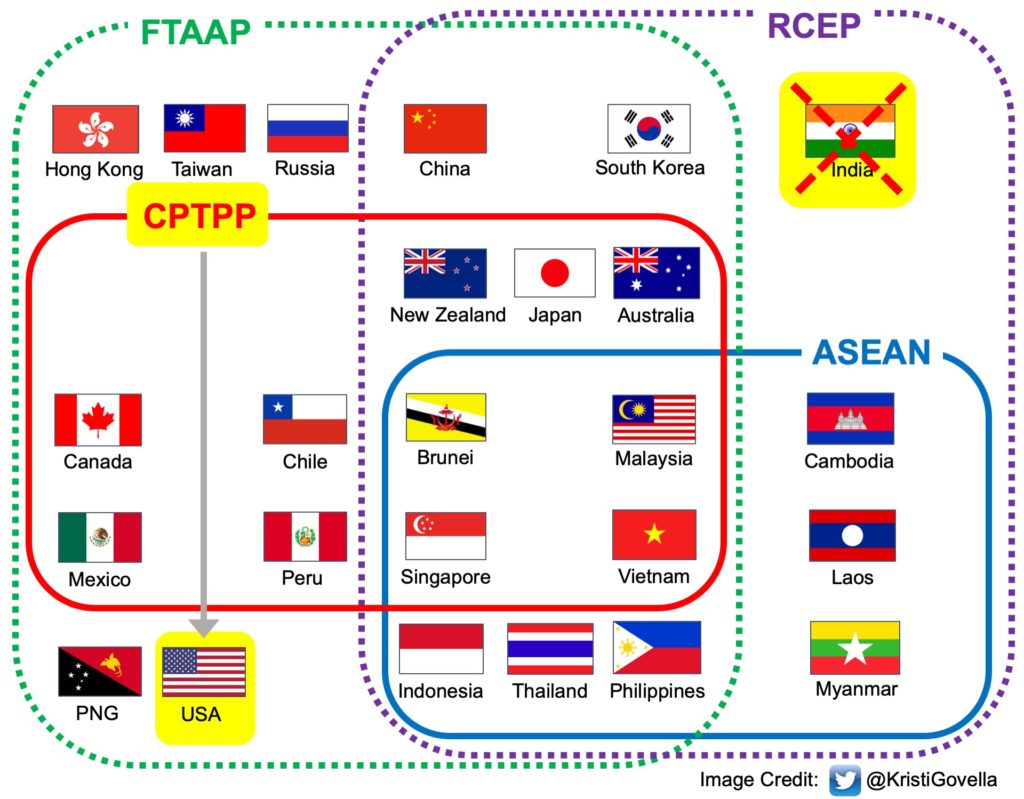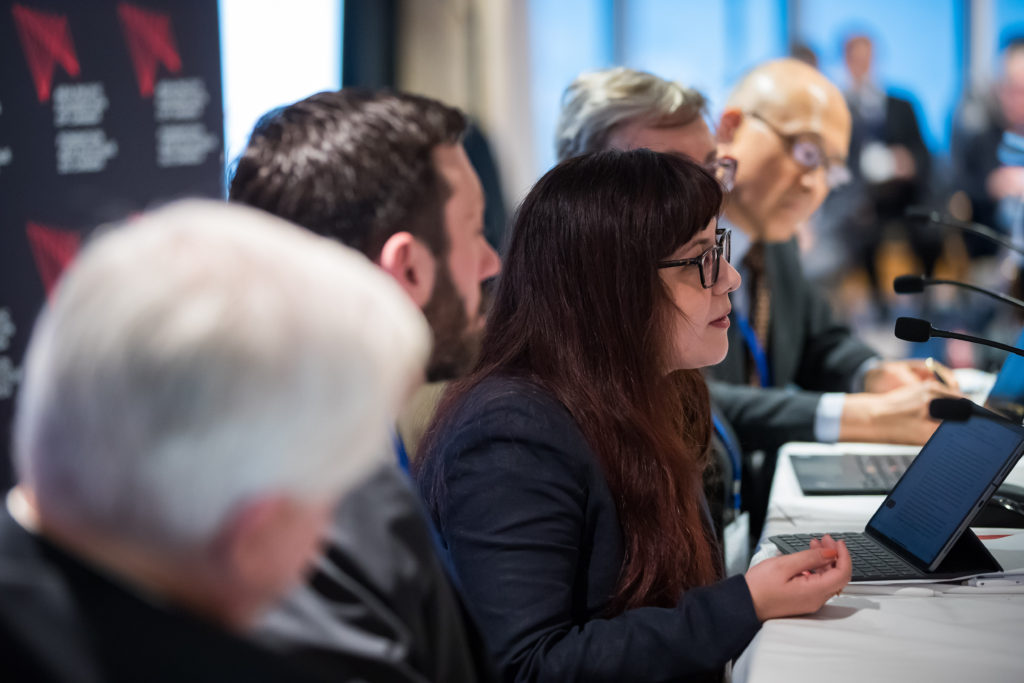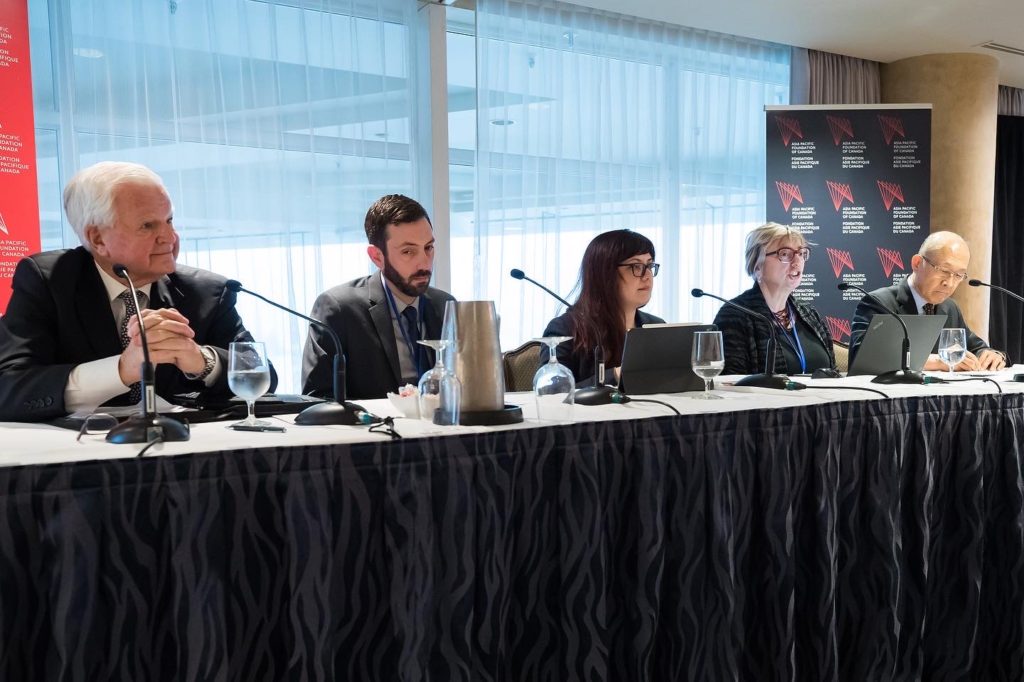I traveled to Vancouver, Canada at the invitation of the Asia Pacific Foundation of Canada to speak at their conference on “The Free and Open Indo-Pacific: Charting a Common Approach” on January 22–23, 2020. The conference explored different states’ understanding of the FOIP concept as it applies to their domestic, foreign, and security policy-making processes.
I spoke on “Designing Trade Architecture for the Free and Open Indo-Pacific” as part of the panel on FOIP Economic Interconnectivity. Other participants included Mr. Steve Dechka (Japan-Canada Chambers Council), Dr. Masahiro Kawai (Economic Research Institute for Northeast Asia), Mr. Michael Rau (Natural Resources Canada), and Ms. Deanna Horton (University of Toronto). The following is a summary of my comments:
Although many countries have incorporated economic elements into their evolving thinking on the Indo-Pacific, their goals vary. How can we think about designing trade architecture for the [Free and Open] Indo-Pacific? Looking at the current state of existing agreements and proposals, it is clear that none of them encompass all of the countries in this region, even by its narrowest definition.

If they wish to expand current trade architecture to encompass the Indo-Pacific, countries face challenges related to regional economic diversity, inclusivity, leadership, and varying preferences for the quality of trade pacts and linking them to other issues. If you asked different countries to design their ideal Indo-Pacific trade architecture right now, they would very likely resolve these challenges in different ways. It’s important to recognize that and assess if/how these differences might be resolved in the near or long term.
Regional economic diversity means that leaders face tradeoffs in designing more inclusive lower-quality trade agreements versus pacts that pursue higher standards that will exclude some countries. Also, the domestic politics of trade are increasingly contentious. everywhere. If India is indeed out of RCEP, the “Indo” is conspicuously absent from the trade architecture of the Indo-Pacific. Economic integration within South Asia and between South Asia and other parts of the region has room for a great deal of improvement. Given the centrality of China to the regional economy, it would be strange to exclude it from an Indo-Pacific trade architecture, but this sits uncomfortably with some countries, given their concerns about security and about Chinese economic practices. If the geographic scope of the Indo-Pacific is expanded even further, as some countries have suggested should be the case, then the existing trade architecture also needs to be correspondingly broadened in ways that may pose additional difficulties.
National preferences also diverge as to whether potential trade architecture for the Indo-Pacific should be explicitly or implicitly linked to other issues related to human security, non-traditional security, or security. This is important to recognize and discuss.
It was exciting to hear all of the evolving ideas about the Indo-Pacific at this conference. The diversity of regional discourse is challenging but also really productive—and it’s wonderful that Canada is thinking proactively about how to engage more with the region. Given the weakness of American leadership on trade and other issues right now, there is actually more room for countries like Canada, Japan, Australia, and others to influence emerging regional governance structures, so these discussions are particularly important right now.



Pingback: New Publication: Crafting Policy for Contested Commons | Kristi Govella